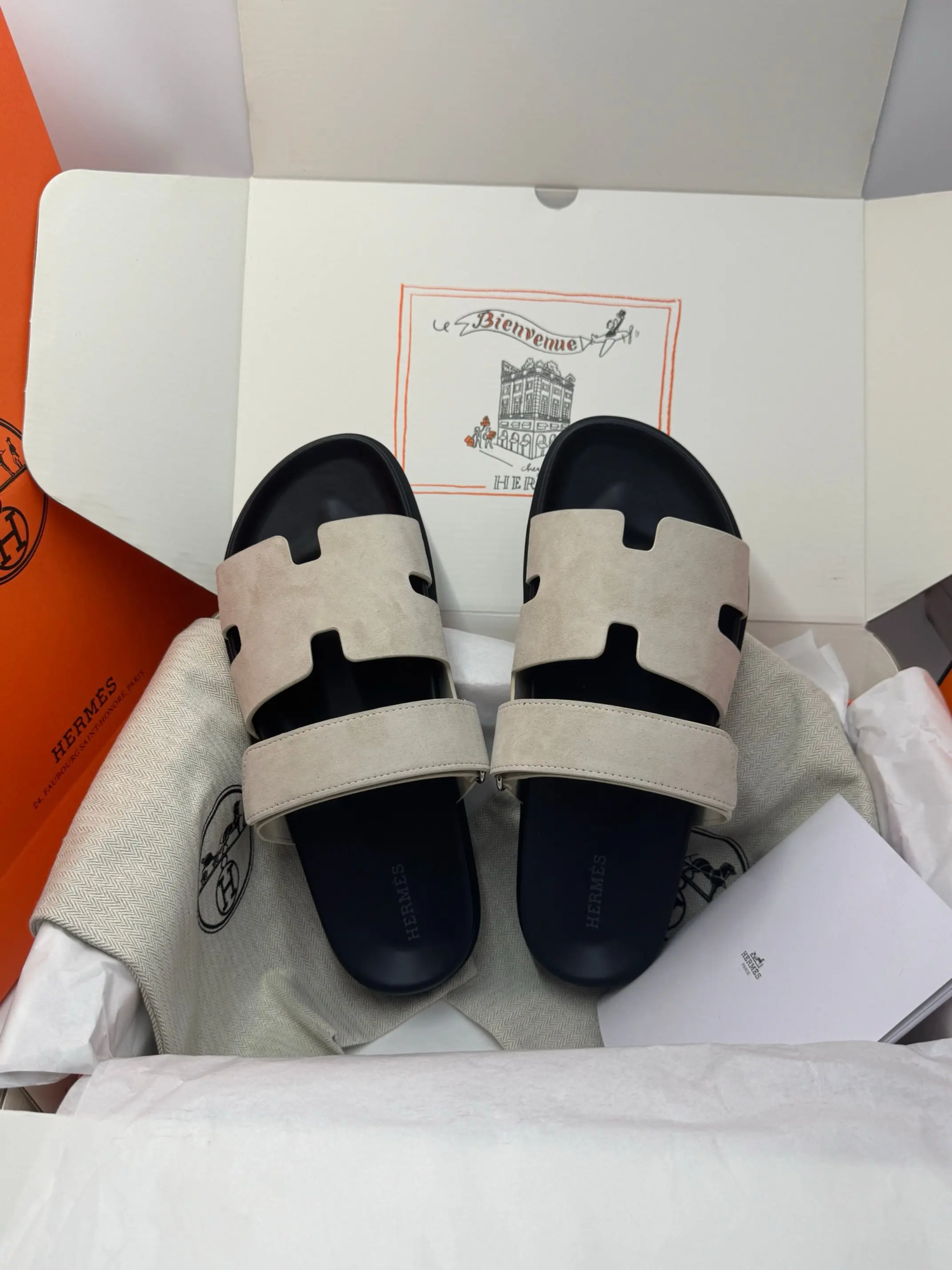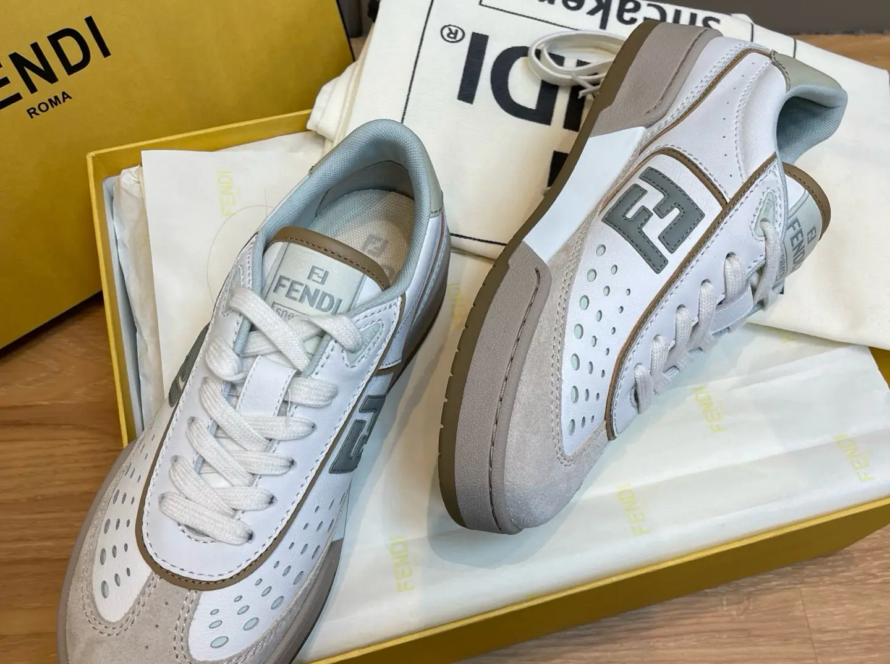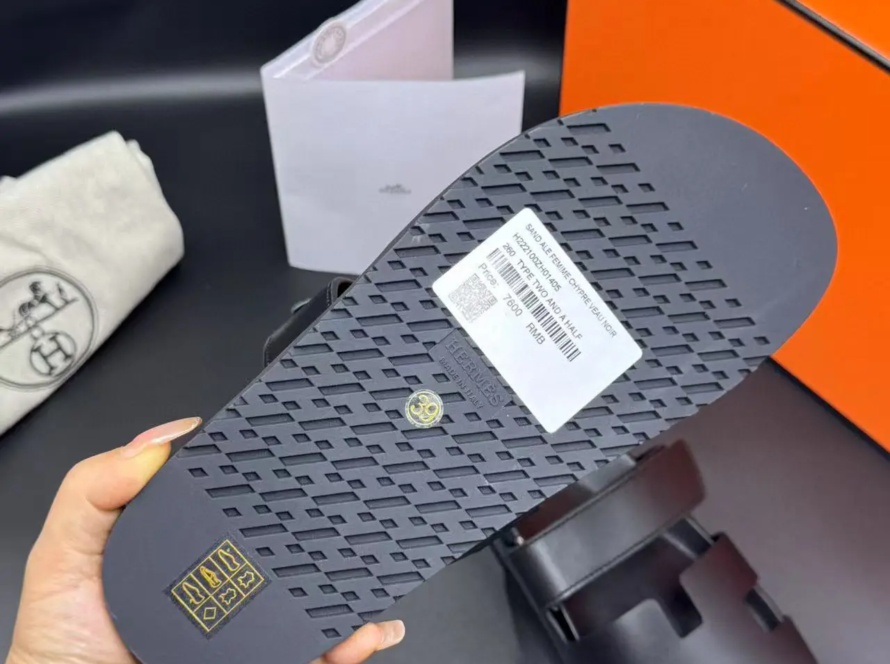
When we browse our daily lives, it is easy to overlook one of the most important aspects of clothing: shoes. Specifically, shoes that take into account safety, such as Tredsafe shoes, play a crucial role in protecting our feet from various dangers. For those working in an industry with dangerous conditions or enjoying outdoor activities, having the right footwear is not only a preference, but also a necessity. Understanding the value and characteristics of TREDSAFE shoes in this case may be critical to making wise decisions about personal and professional safety.
One of the core properties of TREDSAFE shoes is that they provide superior protection for a variety of hazards. These shoes are usually made of powerful materials that resist puncture, cutting and abrasion. Additionally, they usually have steel or composite toe covers that protect the toes from heavy objects, which are essential for individuals working in construction, manufacturing or logistics. The emphasis on durability and protection means that individuals can perform their duties without worrying about the risk of foot injury.
In addition to protection, TREDSAFE shoes are designed with comfort in mind. These shoes recognize that many people spend a long time on their feet, so these shoes combine advanced cushioning systems, breathable membranes and ergonomic design principles. The focus on comfort is crucial because it directly affects the overall well-being and performance of the wearer. When the feet are comfortable and supported, individuals can focus better on tasks, thereby increasing productivity and reducing fatigue.
TREDSAFE shoes also meet various needs of different professions and environments. For example, an electrician might choose shoes that are electrically hazardous, while workers in slippery environments may prefer shoes with specialized soles to enhance traction. This variety of designs ensures that there is a pair of Tredsafe shoes that suit any workplace needs, making it extremely useful.
TREDSAFE shoes innovation does not stop in function. It also extends to sustainability. With the recognition of environmental responsibility, many manufacturers are now producing TREDSAFE shoes with environmentally friendly materials and production processes. This shift to sustainability not only attracts environmentally conscious consumers, but also reflects a broader commitment to corporate social responsibility.
In short, TREDSAFE shoes represent the pinnacle of footwear safety, comfort and innovation. By providing unparalleled protection, comfort and versatility, they meet the various needs of professionals and enthusiasts. Whether you are working in a dangerous environment or just looking for reliable footwear for your daily activities, TREDSAFE shoes are a great choice. As we understand safety and comfort, Tredsafe shoes may continue to play a crucial role in protecting our feet and enhancing our overall quality of life.
FAQ
What are the main designs of TREDSAFE shoes?
- TREDSAFE shoes are designed primarily to provide safety and protection for wearers’ feet in hazardous environments, making them ideal for certain professions or those engaged in high-risk activities.
How to ensure comfort in TREDSAFE shoes?
- TREDSAFE shoes ensure comfort by using advanced cushioning systems, breathable membranes and ergonomic design principles, thus supporting the foot and reducing fatigue.
Are TREDSAFE shoes suitable for all types of work environments?
- Yes, TREDSAFE shoes are designed to meet the needs of a variety of work environments, including but not limited to construction, manufacturing and outdoor activities. They offer specialized features such as electrical hazard protection and anti-slip soles.
Are there any environmentally friendly options for Tredsafe shoes?
- Yes, many manufacturers now offer TREDSAFE shoes made from environmentally friendly materials and are produced through a sustainable process that attracts consumers who prioritize environmental responsibilities.
How often should TREDSAFE shoes be replaced?
- The lifespan of TREDSAF shoes depends on use and conditions. In general, they should be checked regularly for signs of wear and replaced when no longer providing adequate protection or comfort, usually every 6 to 12 months in large-scale use scenarios.





